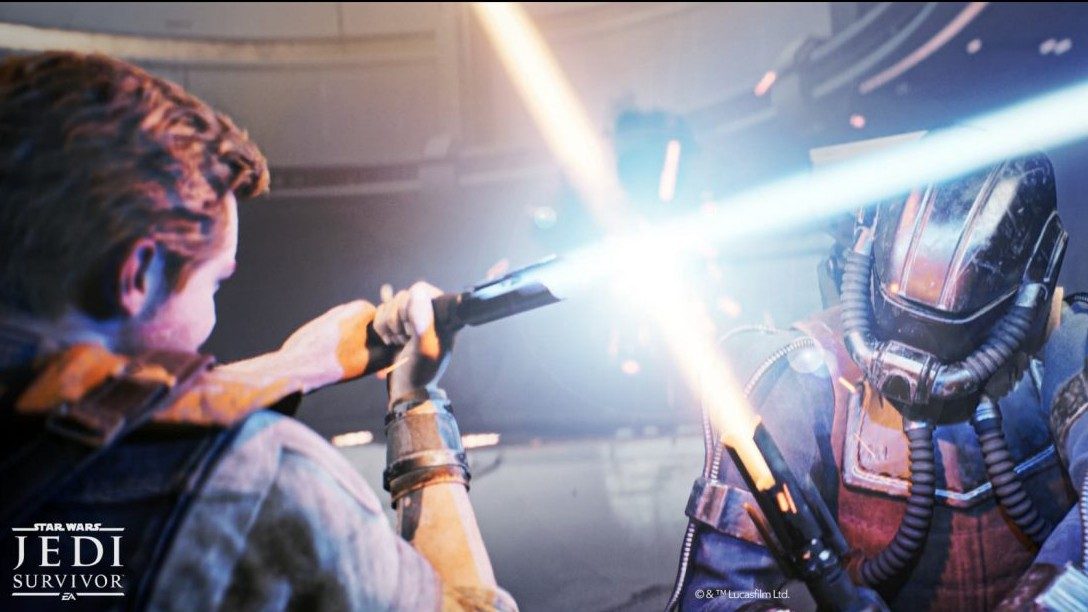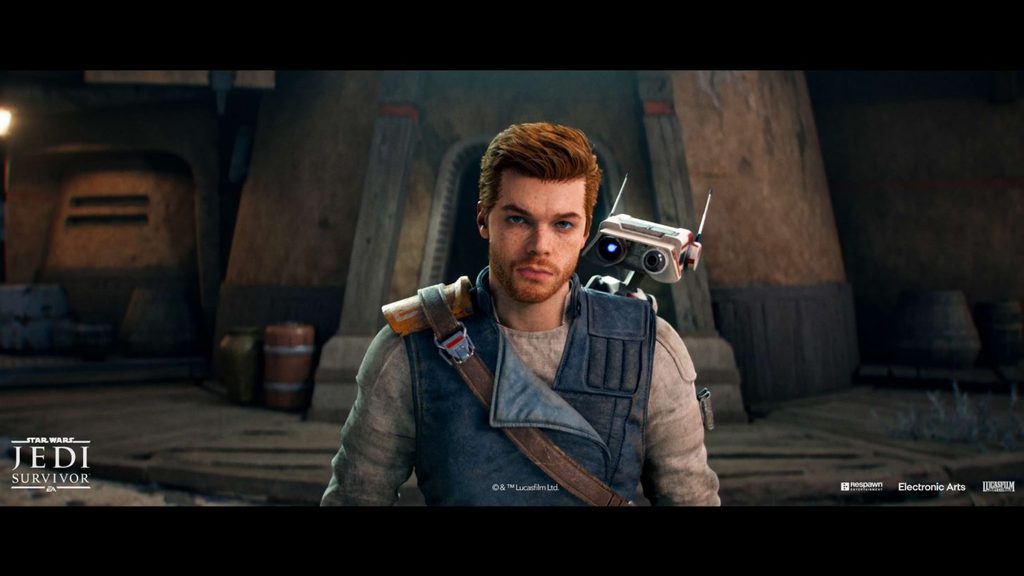SUMMARY
This is AI generated summarization, which may have errors. For context, always refer to the full article.

Star Wars fans love to debate about what is the best movie in the franchise, but if there’s perhaps one thing they can agree on, it’s that sequels can be tricky.
The two movie trilogies that came after the original trilogy, which ended with Return of the Jedi in 1983, are nothing if not divisive. Fan expectations for them were almost insurmountable, being continuations of a much-beloved franchise.
These movies had the tall task of bringing something new and fresh to the table, while recapturing the magic of the originals. And in the eyes of a lot of the more passionate and vocal fans online, neither of the sequel trilogies managed to do that successfully.
For Star Wars game fans though, it’s a different story as Jedi: Survivor, the sequel to 2019’s Jedi: Fallen Order, understands the assignment.
It fulfills the expectations of a sequel, which involves expanding the formula, correcting mistakes, and making a bold attempt at surpassing the original, all while preserving its essence and feel.
But what sets Jedi Survivor apart is that it confidently embraces its nature as a sequel in ways that creatively influence the story and gameplay.
Jedi Padawan no more
Anyone who’s played Fallen Order might notice that protagonist Kal Cestits starts Survivor with almost all his abilities from the end of his first outing, which only makes sense. Survivor picks up five years after the events of Fallen Order, so from a story perspective, Kal is no longer an inexperienced Padawan.
He’s already seen a lot of battles and has honed his skills with the lightsaber at the point in the story Survivor starts from.
Sequels typically choose to restart the protagonist’s powers from scratch, and the story would be written around that decision. It’s usually done to keep the gameplay balanced, where the protagonist doesn’t feel too overpowered to play.
But Survivor goes the opposite direction, and it manages to do so without causing any balance issues.
Developers Respawn Entertainment said instead of starting Kal from scratch, the enemies for Survivor have been tweaked to handle his powers from the start.

They also gave Kal a whole host of new abilities to learn and skills to master throughout the game, which further the notion that he’s a Jedi who’s still growing in power. These decisions not only remedy balance-related concerns but also make combat engaging from the get-go.
It’s so refreshing and fun to play a sequel that sees the same protagonist progressing forward from one game to the next rather than backward.
Open spaces
Survivor also sticks to sequel tradition by expanding its scope. The world here is not only bigger but richer as well. Kal has more to do and side characters to interact with, making the different planets he visits throughout the game feel more lived-in and connected to the wider Star Wars universe.
Meanwhile, the world itself is more dynamic than that of the Fallen Order’s, with many of the landscapes and platforming puzzles being built on verticality. It’s a clever design decision that helps convey the scale of the game’s maps without departing from the first-game’s semi-open world design.
What’s great about these changes is that they improve the overall gameplay experience of Survivor in a way that’s respectful to the core formula of Fallen Order.
There’s a fine line with sequels, wherein too many changes can make it feel like a different game from the original, while too few can make it a cash-grab that could pass as a downloadable expansion.
Survivor masterfully treads that thin middle ground, bringing just enough to move the franchise forward and satisfy returning players at the same time.
A lot of that has to do with the talent behind the game, the folks at Respawn Entertainment. These developers knew they already had something good with Fallen Order, and it was a matter of how they could improve it further for the sequel.
Even then, development likely wasn’t easy as they had to find a balance between fan feedback and their own creative visions. Yet, they pulled it off, delivering on both fronts to a certain degree.
That’s likely why Survivor is receiving almost universal praise from outlets and fans alike. It manages to do what many sequels fail to do, and that’s to achieve a delicate balance between the fresh and the familiar and fan expectations and the developers’ own creative visions. – Rappler.com
Add a comment
How does this make you feel?
There are no comments yet. Add your comment to start the conversation.